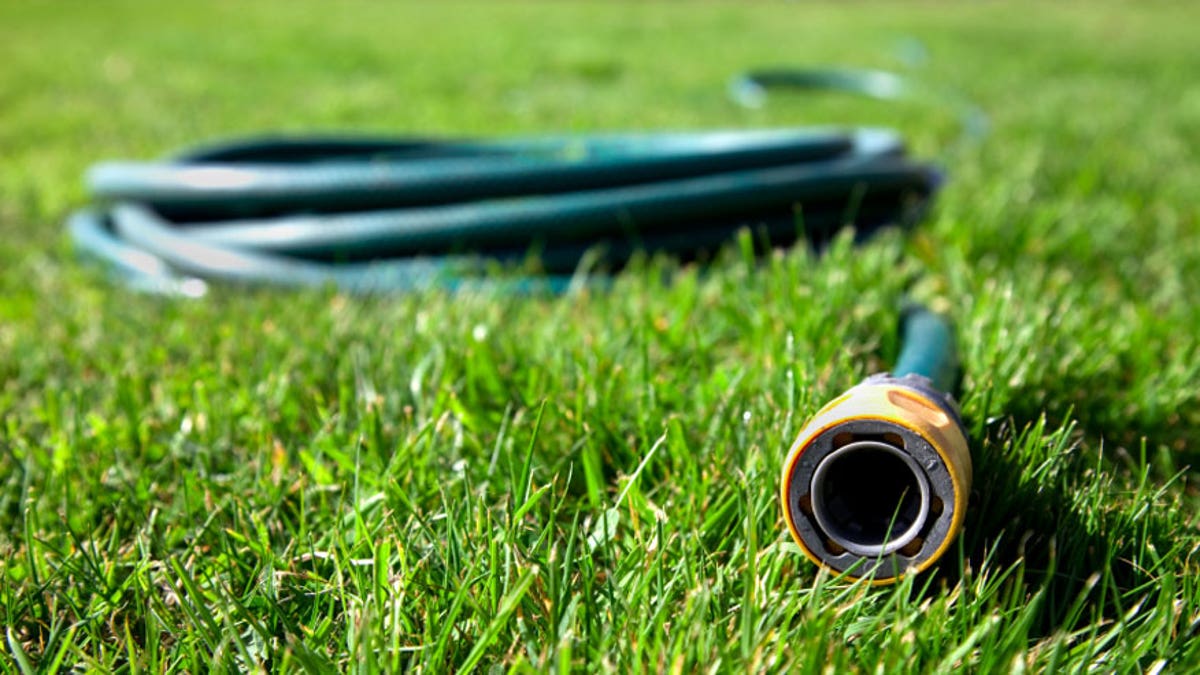
With a drought raging across much of the western United States, many people will be looking to save water this summer. If you’d like to do your part to help conserve, and lower your water bill, here are some tips on building a garden that needs considerably less water.
Water More Efficiently
Underground irrigation is one of the best ways to conserve water. Unleashing a sprinkler on your lawn and garden leads to a lot of wasted water when it evaporates from the surface. But by installing irrigation tubing down below, you deliver the water directly to the soil where it is needed. Subsurface drip irrigation systems are fairly easy to install. Purchased as a kit, you simply need to dig a few trenches in your garden and your plants will be springing to life in no time. If you don’t have the time or money for a drip irrigation system, you can just adjust your watering schedule. By watering in the cool morning or evening hours, you can avoid the high rates of evaporation that occur in the late afternoon, ensuring that more of the water makes it to your plants’ roots.
Reclaimed Water
There’s a lot of wasted water around the home that would be perfect for watering the garden. To cut back on water bills, you can start collecting your home’s “grey water,” non-potable water from washing dishes, showers and washing machines. A grey water system can be as simple as a bucket in the bathtub used to collect the wasted water as you adjust the temperature before a shower. You can also invest in a more thorough grey water system by installing a special pump for your washing machine, or even a whole-home system that collects all your home’s wasted water and feeds it to an irrigation system. While these water-saving systems can be a little pricey, many drought-stricken states have started offering rebates for grey water systems, making the price a lot more affordable.
Use Shade to Your Advantage
It’s a simple fact of gardening: the more sun and heat there is, the more water you’re going to need. But you can protect delicate plants at ground level by planting trees and tall shrubs to provide plenty of shade, preventing water loss and scorching temperatures down below. You can also use your house and yard to strategically help you out. If you know the fence or side of the house provides a patch of shade for a few hours in the afternoon, plant your garden there rather than the sunnier patch.
Plant the Right Kind of Plants
Not all plants need the same amount of water, and some species actually thrive in drought conditions. By tearing up water-hungry flower beds and replacing them with dry-weather loving plants, you can save a lot of water and spend less time tending to your garden this year. A drought-tolerant garden doesn’t have to be a patch of dried, brown shrubbery. If you want a a vibrant flower garden, for instance, you can try out golden poppies, cone flowers, lavender, and yarrow. For a tasty herb garden, try out hardy rosemary, bay trees and sage, which are all plants that do well with little water. Succulents are another great varietal for dry gardens, and these plants are built to survive long dry spells. Their thick waxy leaves provide protection against the sun and wind, and allow the plants to store moisture that they can tap into when the soil is parched. Plants like aloe vera, jelly bean plants and pencil cactus are just some of the varieties that would work perfect in an arid garden.